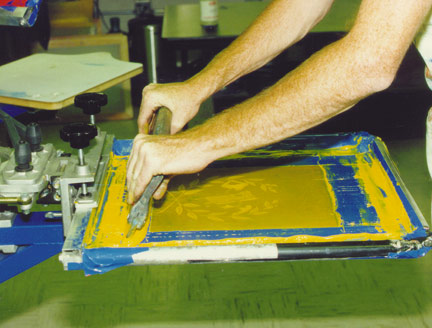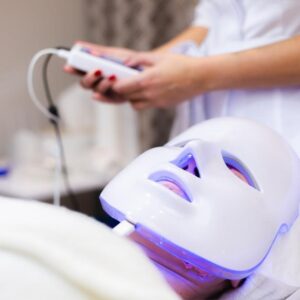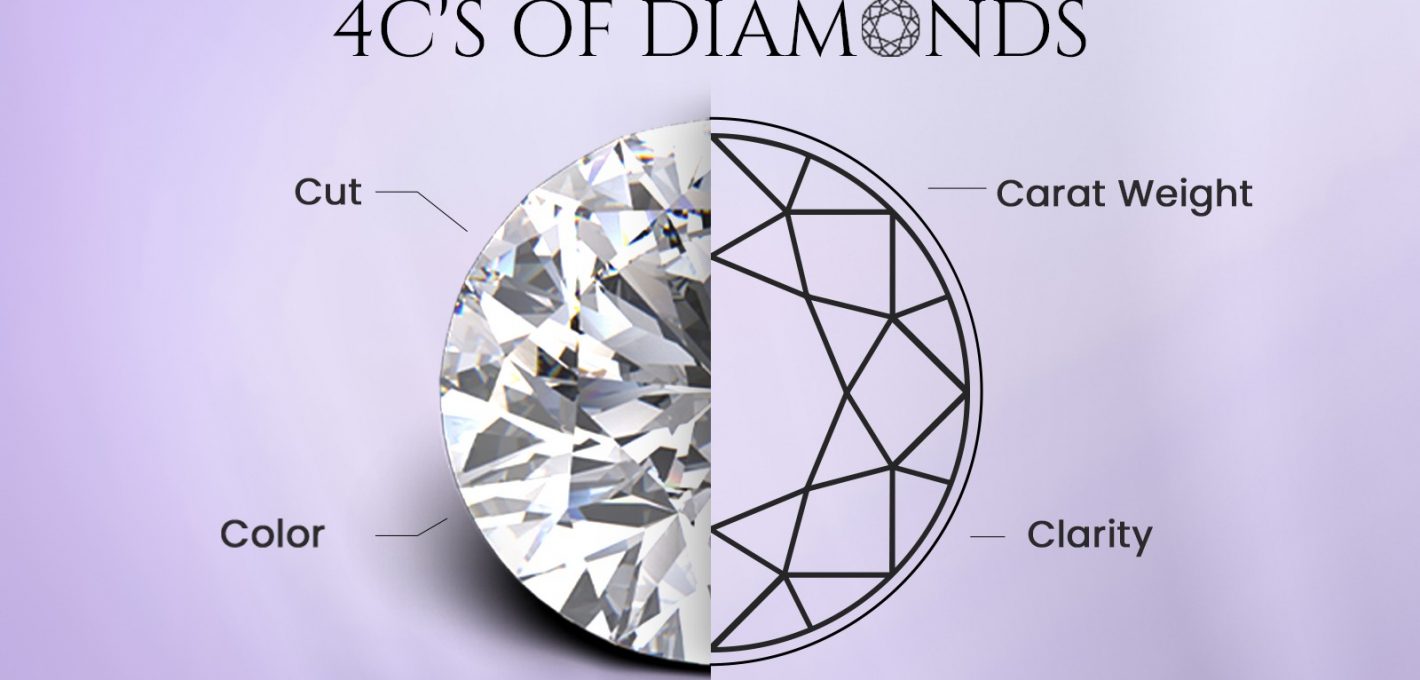
Screen Printing is the point at which a lattice is utilized to move ink onto a substrate (a material which gives the surface something is saved or recorded.) It leaves the territory that is made impermeable to the ink by an obstructing stencil. The most normally printed surfaces are texture and paper. It is conceivable to print on wood, metal, plastic, and glass with specific inks. It is additionally called ‘silk-screening’ or ‘silk screen printing’ that utilizations inks that lay on top of the poo instead of splashing. It is utilized to create a tremendous mass measure of items. For the most part, screen printing has moderate tones; once in a while, the plans are made of one shade or a few. For multicolor plans, the shadings should be applied to singular layers, utilizing separate stencils for each T-Shirt Printing UK.
Screen printing is generally favored on the grounds that it makes the dull textures look great by creating clear tones. The ink lies in layers on the texture or paper’s surface, which gives it a striking yet substantial look. It is additionally favored on the grounds that the printer can create a similar plan on numerous occasions, as a similar stencil can be utilized to duplicate the plans. This is the reason screen printing turns into a proficient procedure for making mass requests of custom attire for sports couture or garbs.
It is in every case better if an accomplished individual completes proficient hardware, as they can make multifaceted plans, and they can deal with all the nitty gritty and weighty work easily. Screen Printing isn’t something everybody can do; at present, we have separated the top to bottom cycle that is associated with its Custom Hoodies.
Stage 1: The plan that should be imprinted on the texture is printed out on a straightforward acetic acid derivation film used to make a stencil or screen. The screen is then made sure about with a wooden edge and afterward begin to outline it. We at that point prepared the emulsion to keep ink from coming through whenever you have picked the lattice screen.
Stage 2: Use the squeegee and spread the emulsion on the two sides of the screen. The emulsion will leak through the opposite side while spreading. Ensure that your screen is as even as could reasonably be expected. You can check by holding it up to the light to check if any zone is left.
Stage 3: Then, cautiously place the straightforward acetic acid derivation film with the plan onto the emulsion covered cross section screen. Spot it under a brilliant light with the goal that the light-responsive emulsion can solidify and create. This can get more confounded when numerous tones in the image in light of the fact that each shading will require a different screen. This is the reason it’s a high accuracy measure requiring exceptionally talented printers on the grounds that each stencil should be intended for each tone, and afterward unequivocally line them up to guarantee the last plan coordinates the first.
Stage 4: The screen should be uncovered under the light for quite a while before the emulsion is solidified on any zones not covered by the plan. This is done to leave a precise engraving of the plan on the screen as the emulsion in fluid structure would have flushed away. When solidified, the stencil is fit to be utilized for the printer.
Stage 5: The texture that is fit to be printed is set down level on the print machine, and the screen is put cautiously on top in the ideal position, fit to be printed.
Stage 6: Now, the screen is let down onto the printing board, and the bit of fabric. At that point a thick layer of ink is applied to the highest point of the screen, and a squeegee is utilized to drag the ink all in all screen, in this way covering the full stencil. Presently the ink is squeezed from the stencil’s open regions and moves on to the silk under, leaving the ink design. This should be possible with similar stencil to create a greater part of items.
Stage 7: The end result after this can be checked, and afterward all the hints of emulsion buildup can be washed off.








